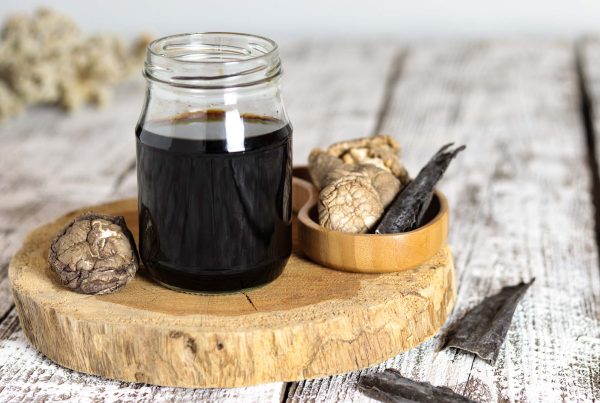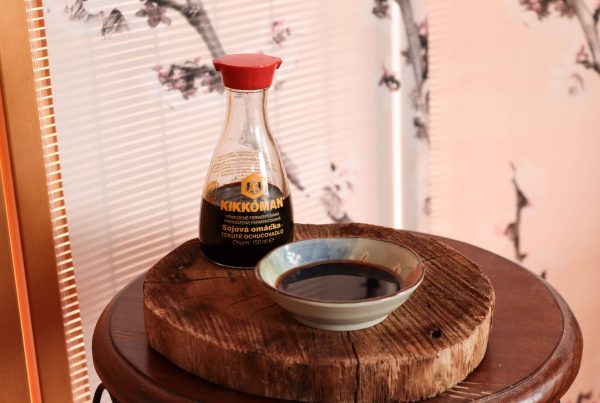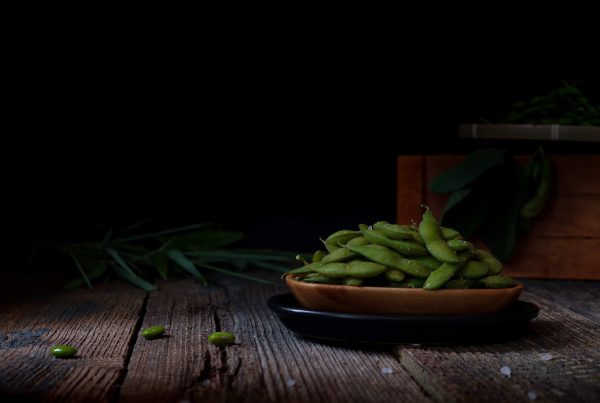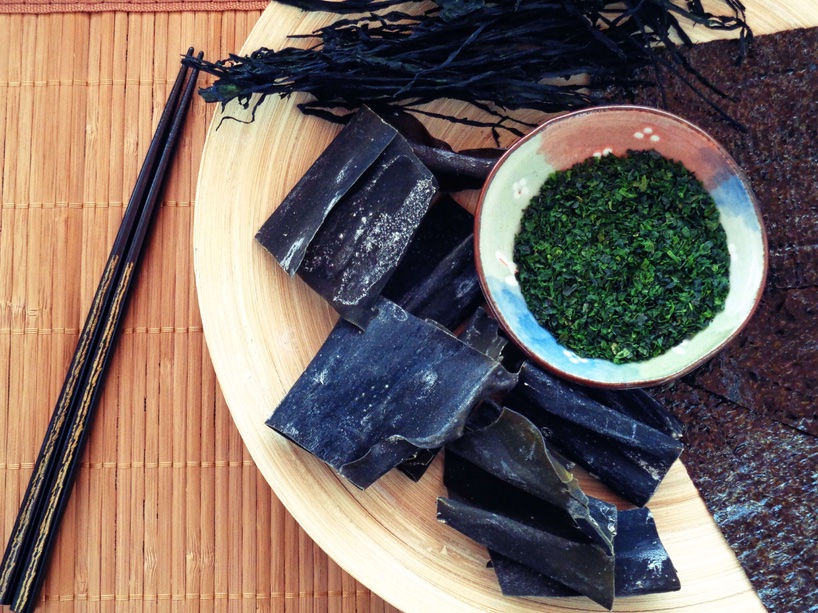
Seaweed is a real treasure. Not only because its nutritional value but also because the great taste. There are many kinds of seaweed, but I will describe those that are used the most in Japanese cooking and it is not a big problem to get them outside of Japan.
Seaweed in Japan
Seaweed is an essential part of Japanese cuisine. And not only in Japanese food but they are widely used in many other Asian cuisines. Thanks to their health benefits, they have been labeled as a superfood. There are many types of seaweed, but if we divide them according to color, they would be:
- Red
- Brown
- Green
Nori Seaweed
Nori is probably the most familiar and most used seaweed. Even outside of Japan. If you’ve tried sushi at least once in your life, you’ve tasted nori seaweed. Nori is thin as paper and range in color from bright green to dark green to black. The darker the color, the richer the taste. Also, a good quality nori should be shiny.
What Is Nori Used for?
Sushi is definitely in the first place. For sushi is used normal nori seaweed without any flavor. You can also find flavored one and they are often sold in small packages as a snack. As a flavor, I mean, for example, olive oil or sesame oil in combination with salt, or they can be also sweet. Nori seaweed is also used in various dishes for flavoring and decoration, for example in ramen or they are cut in thin strips for sprinkling the food.
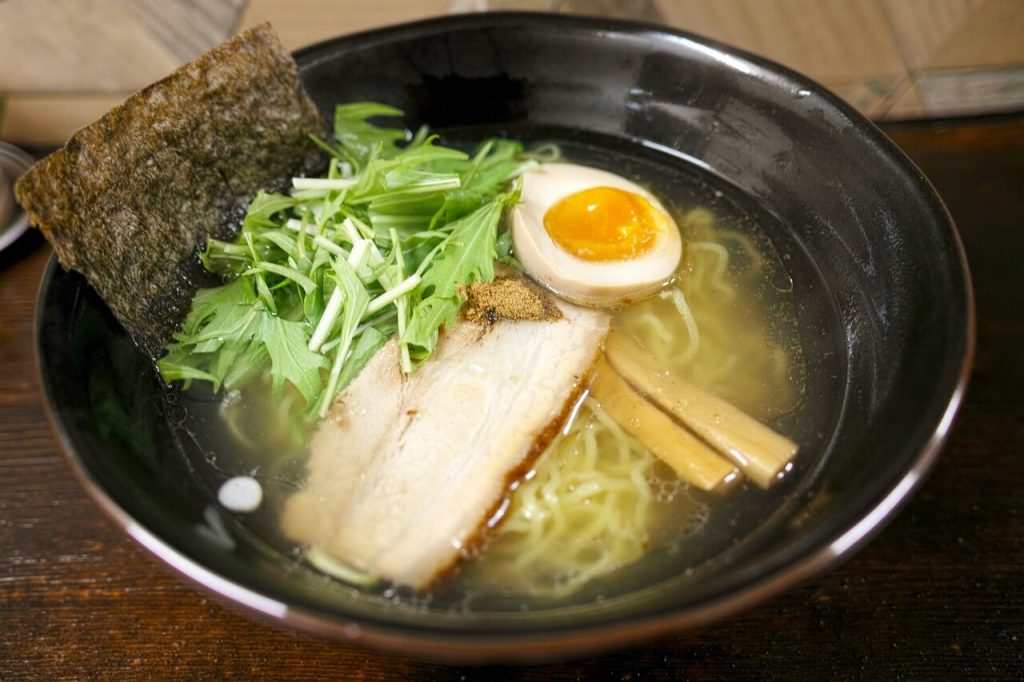
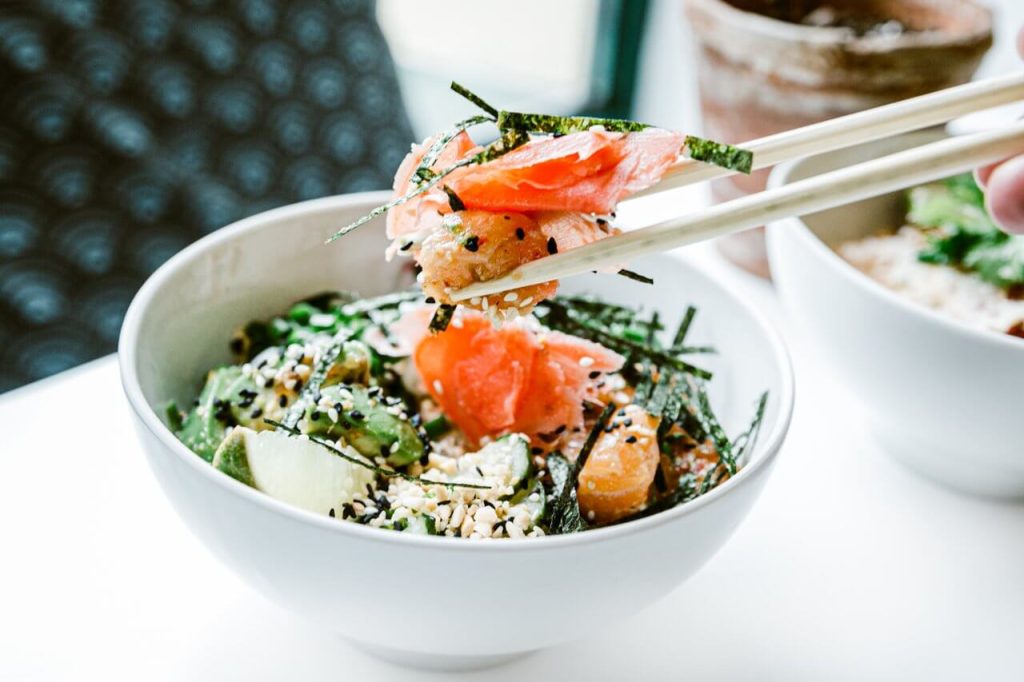
Aonori Seaweed
Aonori seaweed is basically nori seaweed, that is crushed into fine small pieces. In some countries they are named as a nori flakes and I see them in almost every store that sells healthy, organic or bio food. But I also came across them in normal supermarket like Tesco.
What Is Aonori Used for?
They are mainly used to flavor and decorate dishes. For example, okonomiyaki – a savory Japanese pancake or yakisoba (noodles).
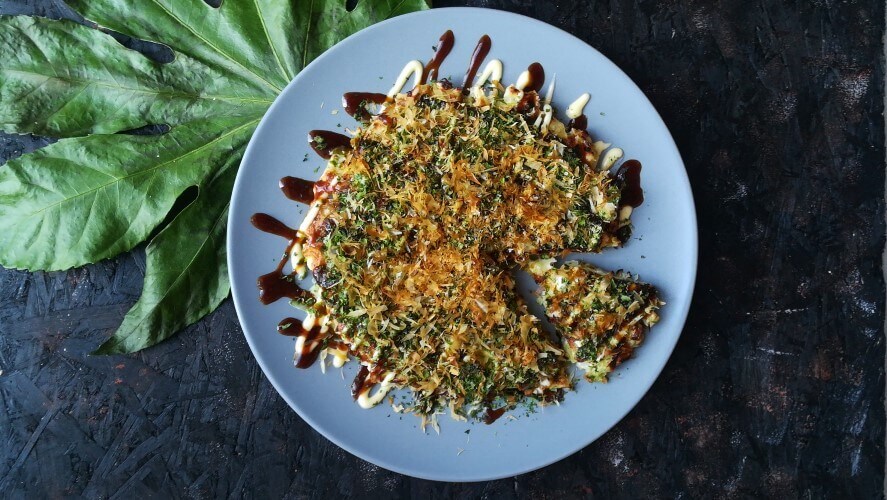
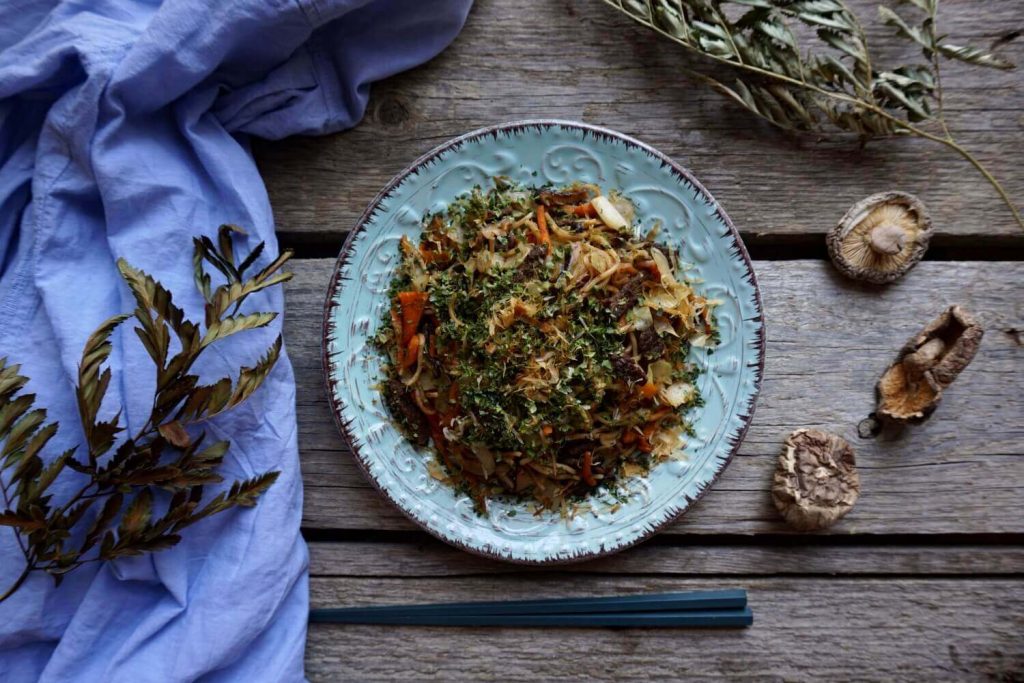
Wakame Seaweed
The most famous dish in which you can find wakame seaweed is miso soup, but you can also use it in salads. Wakame seaweeds are sold dry, they are hard and look almost black, but after soaking they soften completely, turn to dark green color and increase their volume.

Konbu (Kombu) Seaweed
Kombu is probably less popular seaweed among people who are not familiar with Japanese cuisine, but in Japan it has a wide range of use. It is one of the basic ingredients for preparing dashi – the basic Japanese stock. It is also used to prepare salads; in many dishes that are served as side dishes or it is pickled or fermented.
Kombu seaweed may have a white coating, but that doesn’t mean they’re bad. It’s from the salt, you don’t have to throw them away.
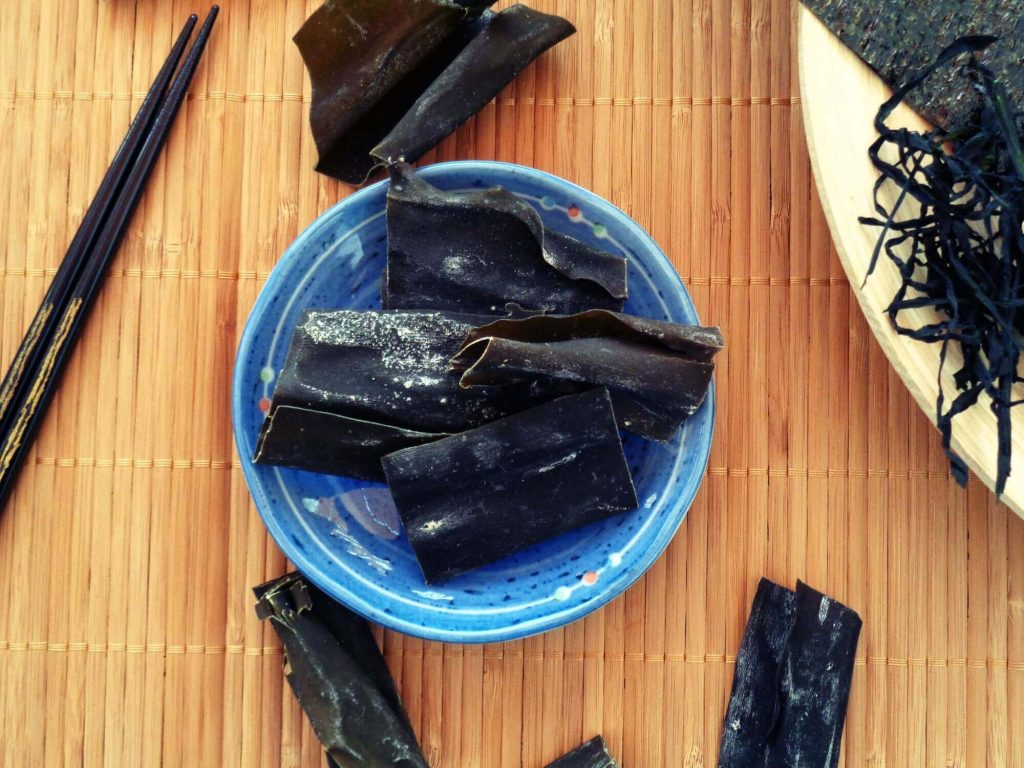
Hijiki seaweed
A lot of people may not be familiar with hijiki seaweed and they may be harder to find in stores (depends on where you live). It is a dark brown or black seaweed that grows on rocks and is harvested from the coastlines of Japan, Korea, and China. Hijiki has a strong flavor and a chewy texture, and it is often used in salads, soups, stews, and other dishes. You can also mix it with cooked rice to form onigiri or use it as an ingredient in takikomi gohan (Japanese seasoned rice). Hijiki is typically sold dried and can be rehydrated by soaking in water before use.

